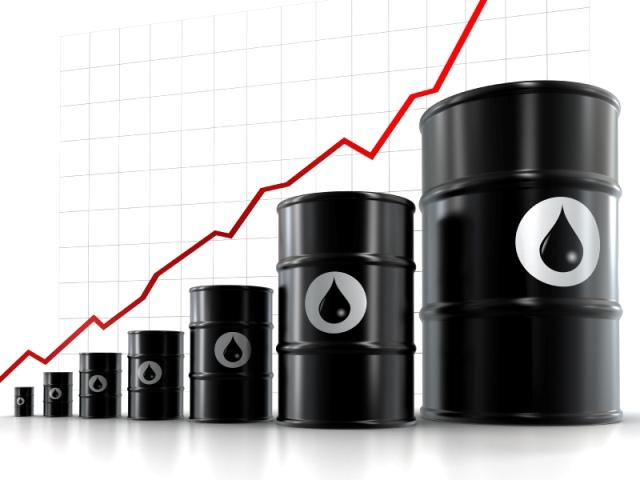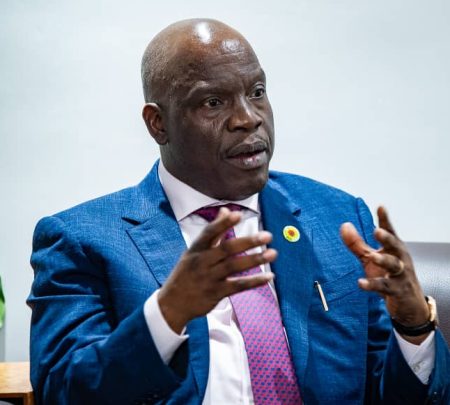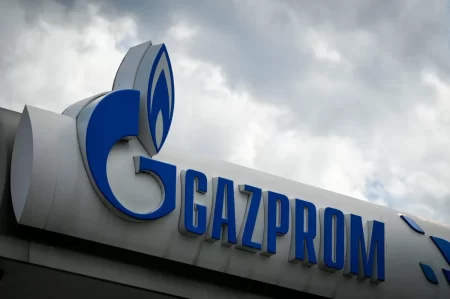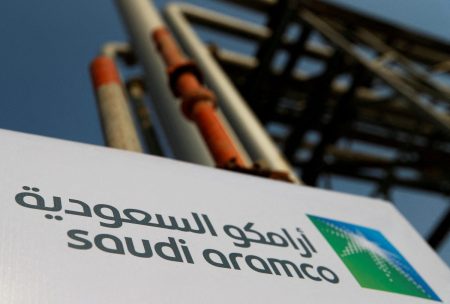
New York — Oil prices jumped by more than 7% on Tuesday, bouncing from the biggest rout in nearly 30 years a day earlier, as the possibility of economic stimulus encouraged buying, and Russia signaled that it may yet hold talks with OPEC about cooperation on output cuts.
On Monday, U.S. President Donald Trump pledged “major” steps to gird the U.S. economy against the impact of the spreading coronavirus outbreak. Japan’s government said it planned to spend more than $4 billion in a second package of steps to cope with the virus.
Oil, which plunged about 25% on Monday, rebounded on Tuesday along with equities and other financial markets.
Brent futures rose $2.49, or 7.3%, to $36.85 a barrel by 12:23 p.m. EDT (1623 GMT), while U.S. West Texas Intermediate (WTI) crude CLc1 rose $2.40, or 7.7%, to $33.53.
Brent hit a session high of $38.22 a barrel, and U.S. crude hit $34.60. Technical traders noted that neither benchmark touched the previous session’s high and said the day’s bounce looked like prices were consolidating in a new lower range.
“The oil price went up today because it went insanely down yesterday, and some bargain hunters are driving things up,” said Bjoernar Tonhaugen, head of oil markets at energy consultant Rystad, noting “It will go down further with some days going up in between.”
Both benchmarks plunged on Monday to their lowest since February 2016, their biggest one-day percentage declines since Jan. 17, 1991, at the outset of the first Gulf War.
Trelleborg unveils new digitized pipeline protection products
Trading volumes in the front-month for both contracts hit record highs on Monday after Saudi Arabia, Russia and other major oil producers ended three years of cooperation to limit supply and started a price war for market share.
Saudi, the world’s biggest oil exporter, escalated tensions with plans to supply 12.3 million barrels per day (bpd) in April, well above current production levels of 9.7 million bpd, Saudi Aramco 2222.SE CEO Amin Nasser said on Tuesday.
“Oil prices have managed to hold on to some gains despite Saudi Arabia’s announcement to open the floodgates in April,” Rystad’s Tonhaugen said, noting “Saudi Arabia is not bluffing and the market will feel it next month.”
Russian oil minister Alexander Novak said he did not rule out joint measures with OPEC to stabilize the market, adding that the next OPEC+ meeting was planned for May-June.
“If the ultimate Russian goal is to do irreparable damage to U.S. shale, oil prices need to stay near their crash lows a lot longer,” said Edward Moya, senior market analysts at OANDA in New York, noting “OPEC+ is dead and OPEC itself is at risk of losing more members.”
With oil erasing over a third of its value this week, OPEC members were bleeding over $500 million a day in lost revenue, according to Reuters calculations.
Saudi Arabia’s energy minister told Reuters he did not see a need to hold an OPEC+ meeting in May-June if there was no agreement on measures to deal with the impact of the coronavirus on oil demand and prices.
“I fail to see the wisdom for holding meetings in May-June that would only demonstrate our failure in attending to what we should have done in a crisis like this and taking the necessary measures,” Prince Abdulaziz bin Salman said.
“Price wars and pandemics are nothing new to the commodity markets, but both occurring simultaneously is something we have yet to witness in our careers,” RBC analysts said in a note.
Sentiment was lifted after Chinese President Xi Jinping made his first visit to Wuhan since the coronavirus outbreak forced an unprecedented lockdown of the city of 11 million people, a sign that efforts to control the virus are working.
Follow us on twitter
– Reuters



